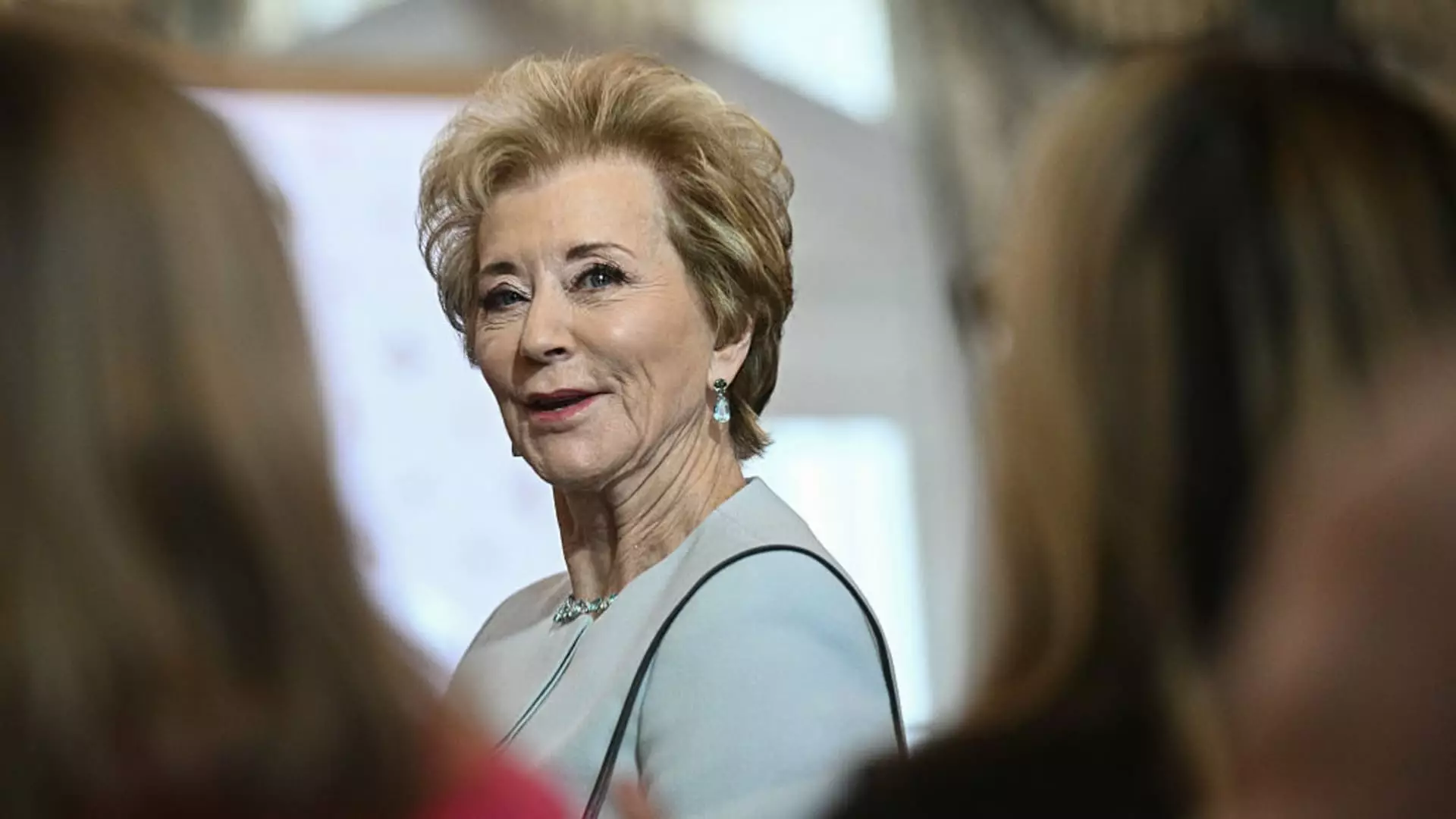In the sprawling landscape of America’s education system, where dedication and passion collide with harsh financial reality, Jason Collier stands as a poignant reminder of the silent struggles faced by many educators. As a special education teacher in Virginia, Collier finds himself wrestling with more than just lesson plans and student needs; he’s in a constant battle against financial constraints that dictate his life choices. The heartbreak of teaching—a vocation often marked by noble intentions—turns into despair when payday morphs into the only time he can fill his gas tank or meet other basic needs. In a profession that is supposed to enrich lives, it is deeply troubling that Collier feels the crushing weight of his student debt, uncertain about whether his wages will soon face garnishment from the very same Department of Education tasked with fostering learning and growth.
The Federal Landscape of Debt Collection
The re-emergence of aggressive debt collection practices following a five-year hiatus highlights the stark shift in American policy concerning education and financing. The Trump administration’s decision to recommence seizing federal tax refunds, paychecks, and even Social Security benefits paints a grim picture for millions of borrowers. With 5 million already defaulting on their student loans, experts estimate that this figure could surge dramatically, affecting up to 10 million individuals. This punitive approach stands in sharp contrast to any semblance of compassion, leaving those who have strived to better their lives tangled in a web of financial doom.
It’s difficult to stomach the reality that Secretary of Education Linda McMahon could trot out phrases about personal responsibility while completely ignoring the systemic failures that have created this debt crisis in the first place. Her comments appear to serve more as a footnote to the rhetoric of responsibility rather than addressing the significant barriers faced by borrowers. The heart-wrenching stories of everyday individuals are drowned out by bureaucracy, revealing an education administration fixated on deadlines instead of the human beings behind the numbers.
Personal Stories, Shared Struggles
Collier’s anecdote reflects a broader narrative of despair. He isn’t alone in his worrying struggle to pay bills while simultaneously navigating student debt. Marceline Paul, a retired nurse, faces the unenviable prospect of having her Social Security benefits garnished. At 68 years old, her dream of returning home to Trinidad hangs in the balance, teetering precariously on an unrelenting financial system. The chilling effect of potential garnishments is not just about the money—it’s about dignity, peace of mind, and the simple pleasures of life that retirement should afford.
For retirees like Paul, living on a fixed income already poses significant challenges. The heartache of being pushed further into despair is compounded by the weight of a government that refuses to acknowledge that the burden of student debt is not merely a personal failing but a cumulative societal issue. Failing to account for the complexity of individual circumstances turns the concept of loan repayment into a cruel joke.
Fighting for Clarity in Confusion
As the Biden administration attempts to navigate this murky landscape with initiatives like the Saving on a Valuable Education (SAVE) program, confusion reigns supreme among borrowers. Kia Brown, a hardworking professional at the Department of Veterans Affairs, embodies the frustration of many who find themselves caught between policy shifts and corporate consolidation. The inability to access consistent, accurate information regarding their loan status and repayment plans further exacerbates their plight.
In a system riddled with complexity, borrowers like Brown often feel they’re being set up to fail. The narrative that defaulting borrowers are just dodging payments overlooks the reality that many are overwhelmed by the desolate landscape of student loan management. It feels incredibly unjust that people who are genuinely trying to do the right thing are being left in the dark, struggling to educate themselves against a backdrop of misinformation and mismanagement.
As we witness these unfolding narratives, it is crucial to re-examine our national priorities. If the goal of education is to foster growth, innovation, and a capable workforce, then allowing punitive measures to devastate the very individuals who are trying to contribute to society goes against the grain of what education should encompass. We need an open and honest discourse surrounding student debt that leads not to heavy-handed punishments but to comprehensive reforms that safeguard the futures of educators and students alike.


Leave a Reply